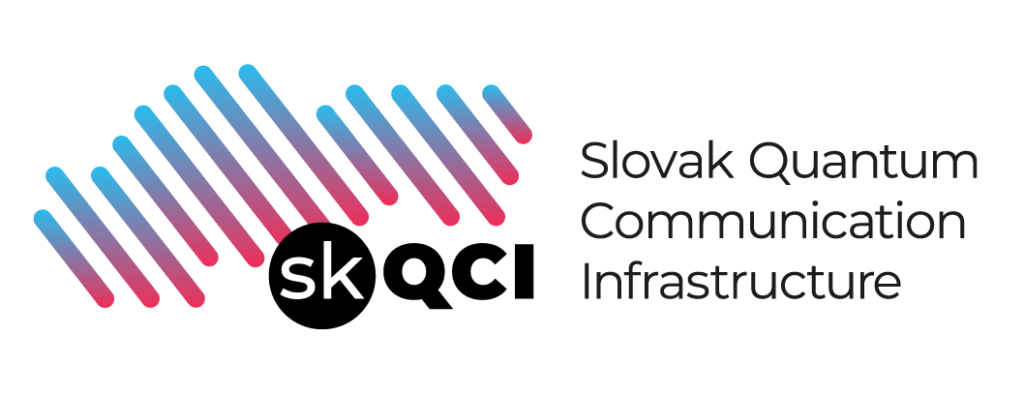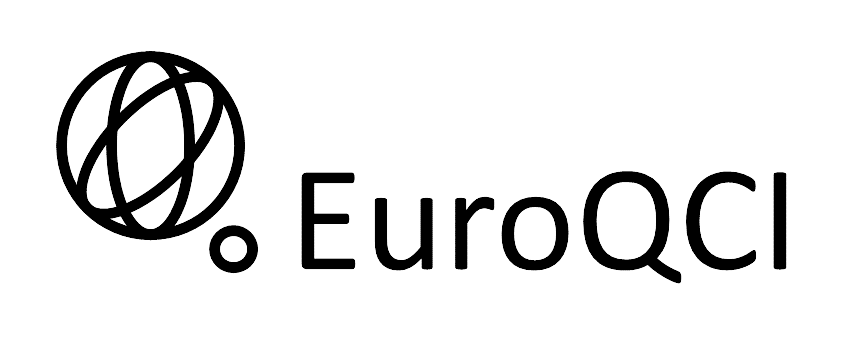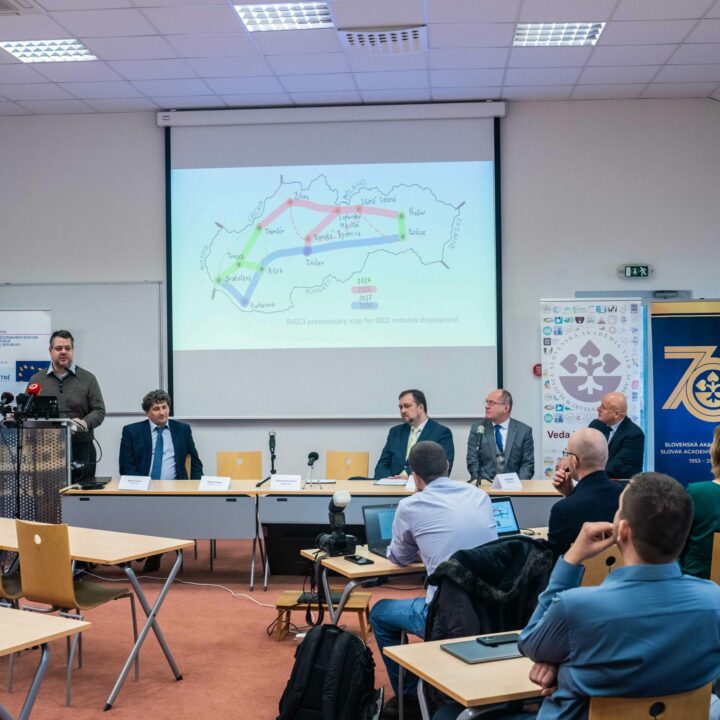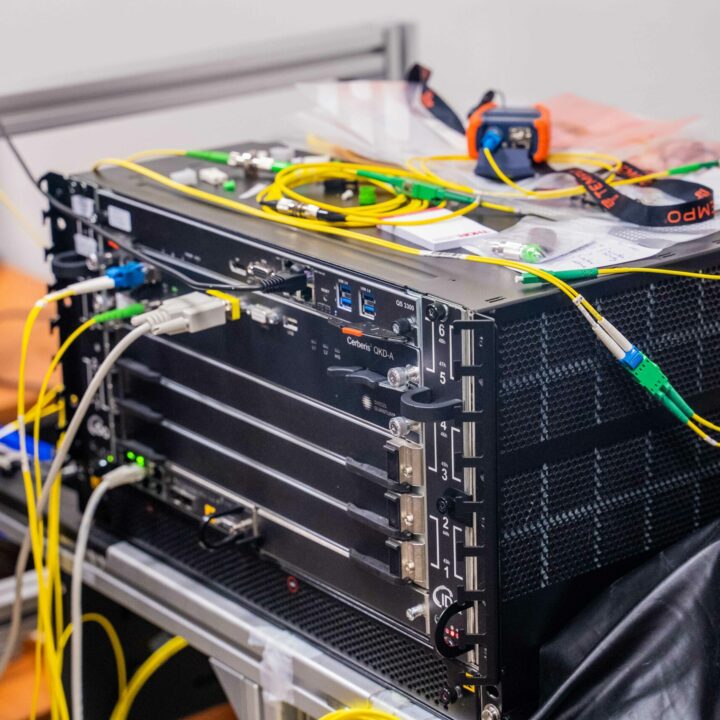Byoung S. Ham: Coherently excited superresolution for quantum sensing
- Home
- event
- 2025
- Events
- Professional
- Technology
- Byoung S. Ham: Coherently excited superresolution for quantum sensing
The Institute of Physics of the Slovak Academy of Sciences is honored to host Prof. Byoung S. Ham from the Gwangju Institute of Science and Technology (GIST), South Korea, for a pair of talks exploring novel developments in quantum communication and sensing. Prof. Ham is a leading researcher in coherence optics, quantum memory, and macroscopic quantum phenomena, and his visit will provide valuable insights into the future of secure communication and high-precision metrology.
The upcoming colloquium is open to a broad research audience, as well as the more focused seminar the day before. All interested researchers, students, and members of the scientific community are warmly invited to attend.
Coherently excited superresolution for quantum sensing
The superresolution in N00N-state-based quantum sensing stems from the indistinguishability of entangled photon pairs, which exhibit an all-or-nothing in the choice of paths of an interferometer. Although this enables access to Heisenberg-limited phase sensitivity in theory, practical realization is severely limited by reduced fringe visibility and the difficulty of generating high-N N00N states, typically restricted to N≪100. Consequently, it cannot surpass classical sensing techniques governed by the shot-noise limit (SNL) with extremely efficient light sources and optics. To overcome these limitations in quantum sensing, I introduce a new paradigm in quantum sensing using coherently driven quantum erasures and their intensity-correlation measurements. This approach exploits macroscopic quantum sensing via anti-correlated joint-intensity products to achieve both superresolution and enhanced phase sensitivity over the classical counterparts. While the sensitivity scales with the SNL, the flexibility in using high optical power enables performance that exceeds N-limited quantum schemes. I present both analytical formulations and experimental validations of this method, benchmarking its performance against classical and quantum alternatives. As a case study, I apply this framework to a typical wavelength meter and show that the coherent superresolution technique can outperform traditional grating-based methods and quantum protocols constrained by the Heisenberg limit.
Unconditionally Secured MZI-Based Communication Protocol
The ultimate goal of quantum key distribution in quantum communications is to achieve unconditional security against channel eavesdropping, a guarantee rooted in the principles of quantum mechanics. However, in practice, this ideal is often compromised by factors such as detector inefficiencies and channel losses. Most critically, the security of a shared key is contingent on its single-use—reusing it opens vulnerabilities, such as memory attacks. In this seminar, I propose a coherence optics–based protocol that ensures unconditional security within a macroscopic regime. The protocol leverages basis randomness as its core security feature, implemented through a round-trip Mach-Zehnder interferometer (MZI) configuration that satisfies unitary evolution. Basis randomness is provided by a beam splitter (BS), analogous to its role in quantum information processing, while identity operations are satisfied by a four-BS arrangement inherent to the round-trip design. In this protocol, Bob is pre-assigned a set of random phase bases, from which Alice selects one. Owing to the round-trip identity relation of the MZI, Bob can infer Alice’s chosen basis through his own measurements. For an eavesdropper (Eve), however, the situation is fundamentally different because of the BS–induced path-choice randomness occurring within the transmission channel, resulting in Eve’s measurement randomness with respect to Alice’s basis choice. This randomness ensures that any eavesdropping attempt introduces detectable disturbances, thereby preserving the protocol’s security.

Prof. Byoung S. Ham
Byoung S. Ham is a professor at EECS, Gwangju Institute of Science and Technology (GIST) in South Korea. He finished his BS degree in Physics at Sogang University, S. Korea in 1986. He received his MS in 1993 and Ph.D. in 1995, respectively, from Physics and ECE departments of Wayne State University, USA. He joined RLE at MIT as a postdoctoral associate in 1996 for the research in slow light-based nonlinear quantum optics. Until 1999, he had pioneered in solid-state slow light and stop light. In 1999, he returned to S. Korea to join ETRI as a team leader. In 2003, he moved to Inha University and stayed for ten years, as an Associate/Full/Inha fellow professor. Finally, he joined EECS, GIST as a distinguished professor in 2013. His current research interest is fundamental quantum physics including quantum sensing and metrology.
AboutIn review
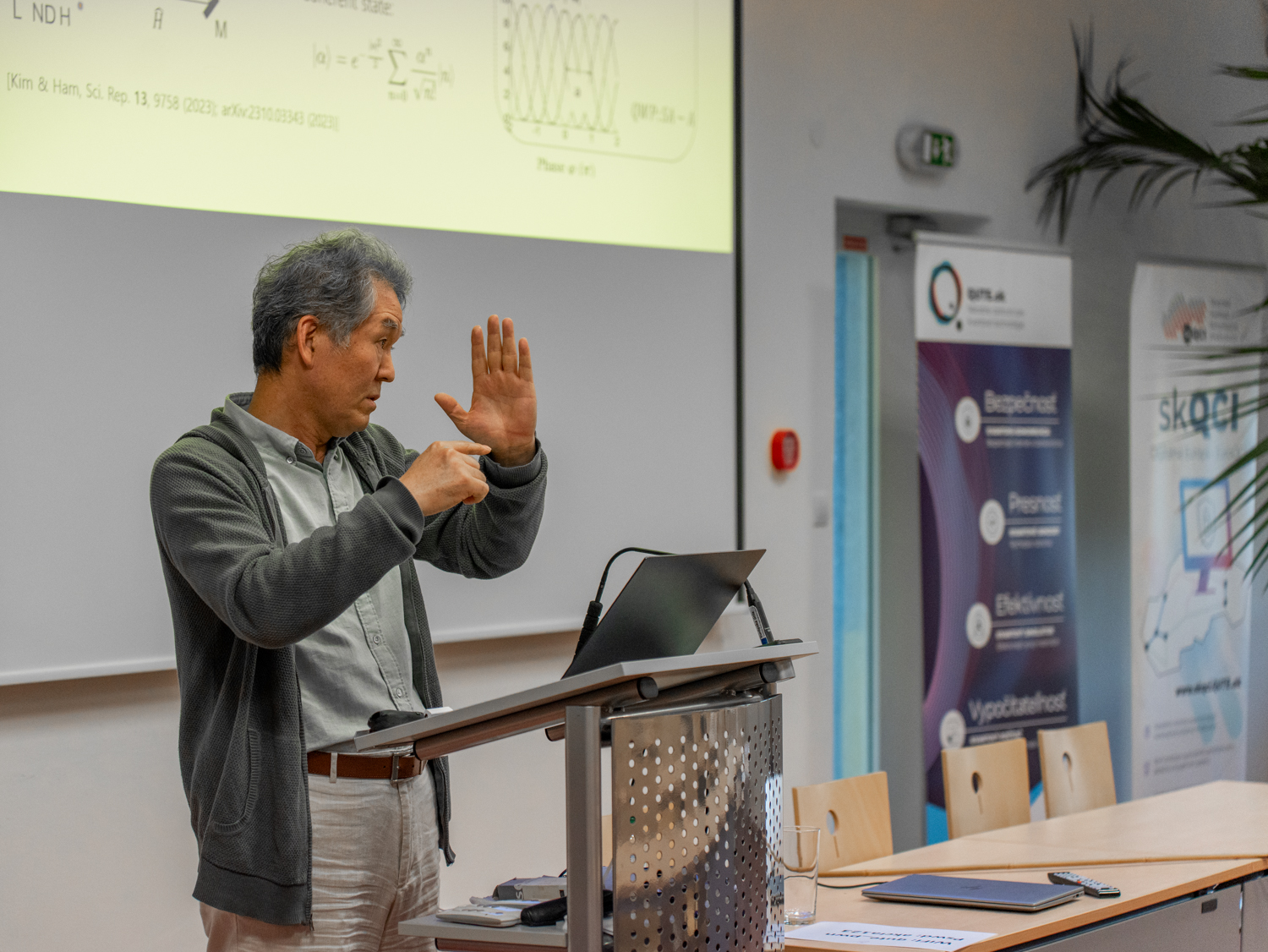
From South Korea to Slovakia: Prof. Ham Shares Insights on Quantum Communication and Sensing
RCQI at the Institute of Physics of the Slovak Academy of Sciences hosted Prof. Byoung S. Ham from the Gwangju Institute of Science and Technology, South Korea, for two fascinating talks about quantum communication and quantum sensing.
The project skQCI is funded by the European Union from the Digital Europe Programme and the NextGenerationEU Programme from the Recovery and Resilience Plan of the Slovak Republic.
